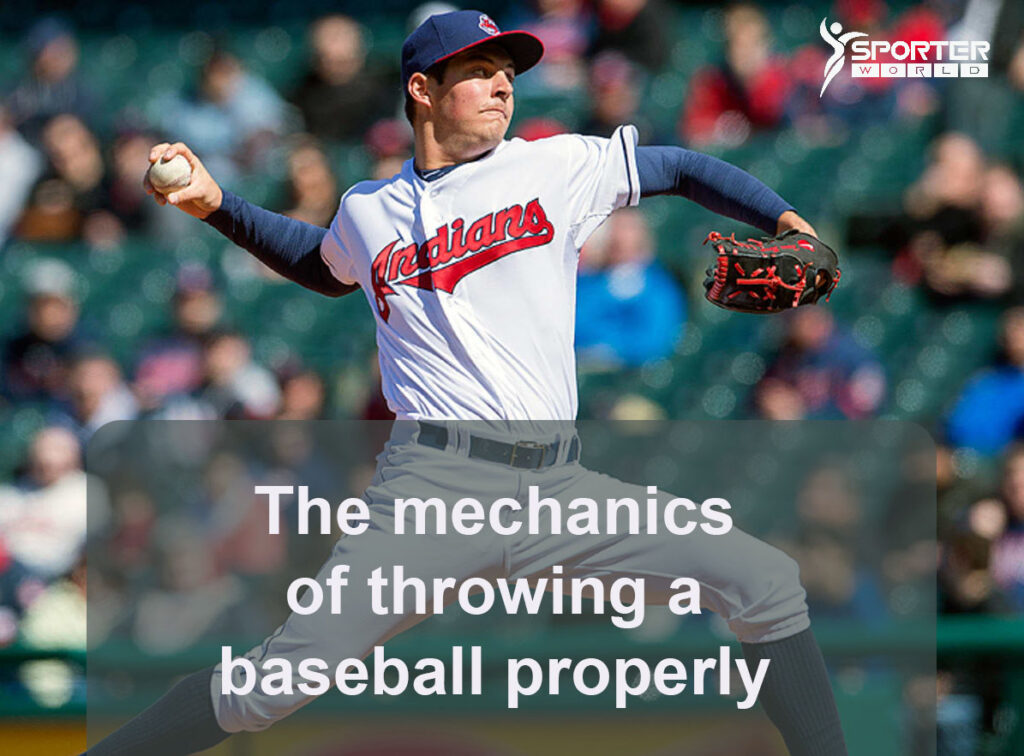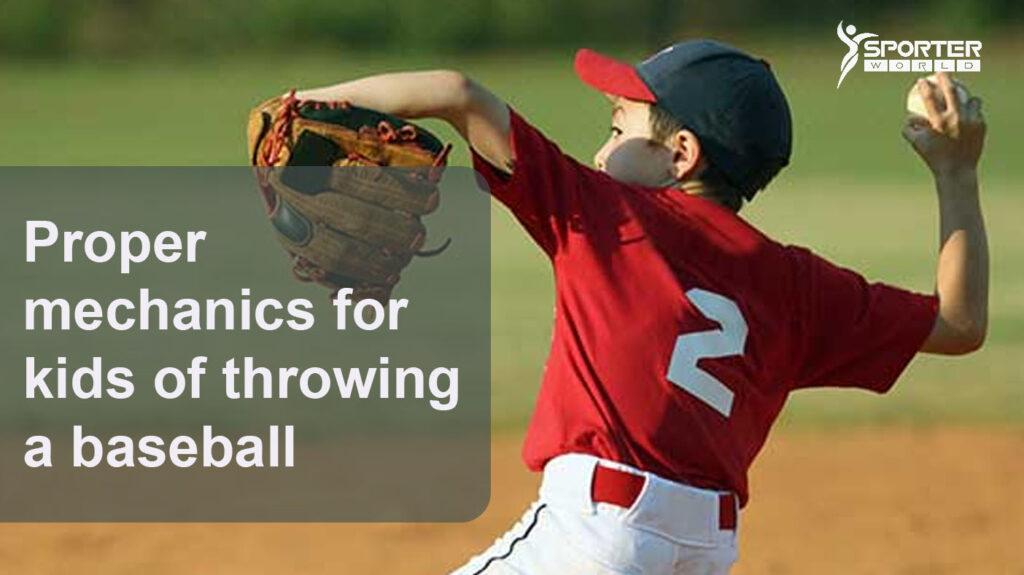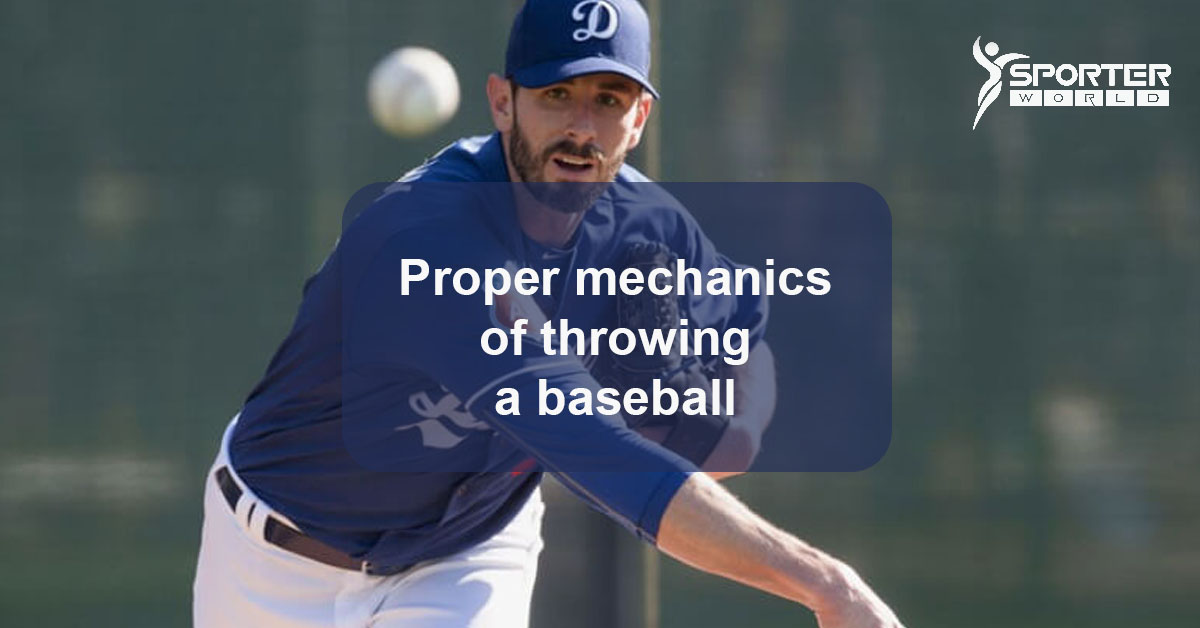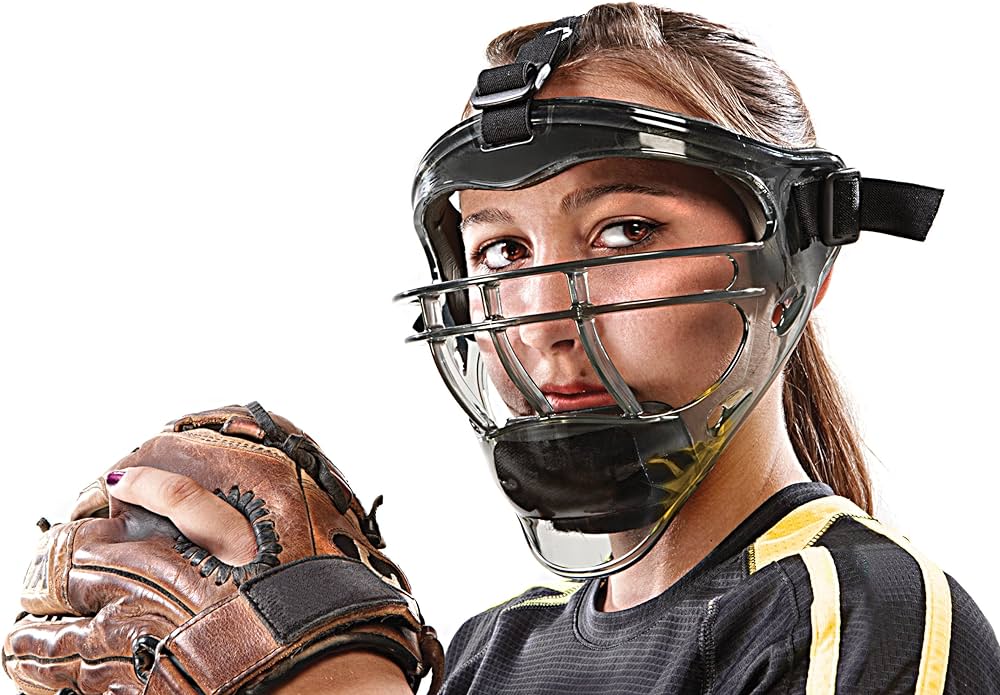At its core, this cherished sport depends on a special fusion of tact, athleticism, and exact execution. Although players’ jaw-dropping catches and towering home runs captivate us, the mechanics of throwing a baseball are actually the core of the game’s fundamental skills.
Understanding and improving your throwing mechanics is essential for success on the field, whether you are a rookie in Little League, a high school pitcher who wants to make it, or a seasoned professional.
The fluidity of motion, the synchronization of body parts, and the precision of release all come together to generate the speed, accuracy, and momentum required to deliver that perfect pitch or make a laser-like throw from the outfield.
In this article, we will delve deep into the mechanics of throwing a baseball, dissecting the intricate elements that transform a simple toss into a formidable weapon.
We will explore the key components, techniques, and body mechanics involved in executing different types of throws, be it a fastball from the mound or a lightning-quick throw to catch an advancing runner. Let’s learn some Physics!
The mechanics of throwing a baseball properly

Throwing a baseball effectively involves a combination of proper mechanics, body positioning, and timing. Here are the key elements involved in the mechanics of throwing a baseball:
1. Grip: Hold the baseball with your fingertips, using a grip that feels comfortable and secure. The most common grip is the four-seam fastball grip, where the seams are perpendicular to your fingers. Other grips, like two-seam fastball, curveball, or changeup grips, may be used for different pitches.
2. Stance: Start by standing with your feet shoulder-width apart, with your throwing-side foot slightly ahead of the other. This provides stability and balance throughout the throwing motion.
3. Windup/Stretch: The windup is a full-body motion used when there are no runners on base, while the stretch is used when runners are on base. In the windup, you bring your hands together above your head, lift your front knee, and then move into the throwing motion. In the stretch, you keep your hands in front of your chest, make a small leg kick, and proceed to the throwing motion.
4. Stride: As you begin your throwing motion, take a stride forward with your front leg (on the opposite side of your throwing arm). The stride should be controlled and allow you to transfer your weight toward the target.
5. Arm Action: As you stride, your throwing arm should come back and upward into a cocked position. Keep your elbow at or slightly above shoulder level, and your forearm should be perpendicular to the ground. This position stores energy that will be released during the throw.
6. Release: Extend your arm forward toward your target, leading with your elbow. As you release the ball, snap your wrist and fingers, imparting spin and accuracy to the throw. For different pitches, the release point and finger positioning may vary.
7. Follow-through: After releasing the ball, continue your throwing motion by bringing your throwing arm down and across your body. Your front foot should land on the ground, helping you decelerate and maintain balance. A good follow-through promotes a smooth transfer of energy and reduces stress on your arm.
Important factors to consider when throwing a baseball include using your legs and core muscles to generate power, maintaining a fluid motion without unnecessary tension, and focusing on accuracy and consistency. Regular practice, proper conditioning, and seeking guidance from coaches or experienced players can help you refine your mechanics and improve your throwing abilities.
You Also May Like: Transform Home into a Gym>
Proper mechanics for kids of throwing a baseball

Certainly! Here are some additional suggestions for kids on how to throw a baseball effectively:
Start with short distances
Begin by having the child practice throwing at a short distance, such as 10-15 feet. This allows them to focus on their mechanics without straining their arm.
Focus on accuracy over speed
Emphasize the importance of accuracy rather than throwing the ball as hard as possible. Encourage them to aim for a specific target or spot when throwing.
Use a target
Set up a target, such as a small hoop or a designated spot on a wall, for the child to aim at. This helps them develop accuracy and a sense of direction.
Work on body coordination
Teach the child to coordinate their body movements during the throw. Emphasize the importance of using their legs, hips, and core muscles to generate power and transfer it to their arms.
Encourage proper arm motion
Remind the child to use a smooth and controlled throwing motion. Discourage them from “pushing” or “shoving” the ball with their arm, as it can lead to strain and decreased accuracy. Instead, focus on a fluid motion where the arm is relaxed and follows through naturally.
Strengthen the arm
Alongside throwing practice, encourage the child to engage in age-appropriate exercises to strengthen their arm and shoulder muscles. Simple exercises like light dumbbell curls or resistance band exercises can be beneficial. To ensure proper form and prevent injury, make sure they are under the supervision of an adult or coach.
Practice regularly
Consistent practice is key to improving throwing skills. Encourage the child to dedicate regular time to throwing drills and exercises. Start with shorter sessions and gradually increase the duration as they develop their skills.
Seek guidance from a coach
If possible, consider enrolling the child in a baseball program or having them work with a coach who can provide personalized guidance and instruction. A coach can help identify areas for improvement and provide specific drills and exercises tailored to the child’s needs.
Remember, safety and proper technique are paramount. If the child experiences any pain or discomfort during throwing, it’s essential to stop and consult a coach, trainer, or healthcare professional.
Frequently Asked Questions
FAQ 1: What are the proper mechanics of throwing a baseball?
Answer: The proper mechanics of throwing a baseball involve gripping the ball across the seams, standing with a shoulder-width stance, stepping back and striding forward while transferring weight, releasing the ball with a 90-degree throwing elbow and snapped wrist, and following through across the body.
FAQ 2: How can I improve my throwing distance and velocity?
Answer: To enhance throwing distance and velocity, focus on using proper mechanics, strengthening core and arm muscles through exercises like weightlifting, resistance training, and shoulder stability exercises, maintaining flexibility and mobility in the shoulder and arm joints, and regularly practicing throwing drills to improve technique and gradually increase intensity and distance.
FAQ 3: How can I avoid injuries while throwing a baseball?
Answer: To prevent injuries while throwing a baseball, warm up your body with dynamic stretches and light jogging, gradually increase throwing volume and intensity, avoid sudden increases in intensity or distance, and prioritize proper technique. Additionally, maintaining overall fitness, staying hydrated, and listening to your body’s signals can help prevent injuries.
Conclusion
Proper throwing mechanics are essential for athletes to optimize their performance and maintain long-term health. By understanding and implementing correct throwing mechanics, players can improve their throwing distance, velocity, and control. Coaches and instructors play a vital role in teaching and reinforcing these mechanics through drills, practice, and providing feedback.




